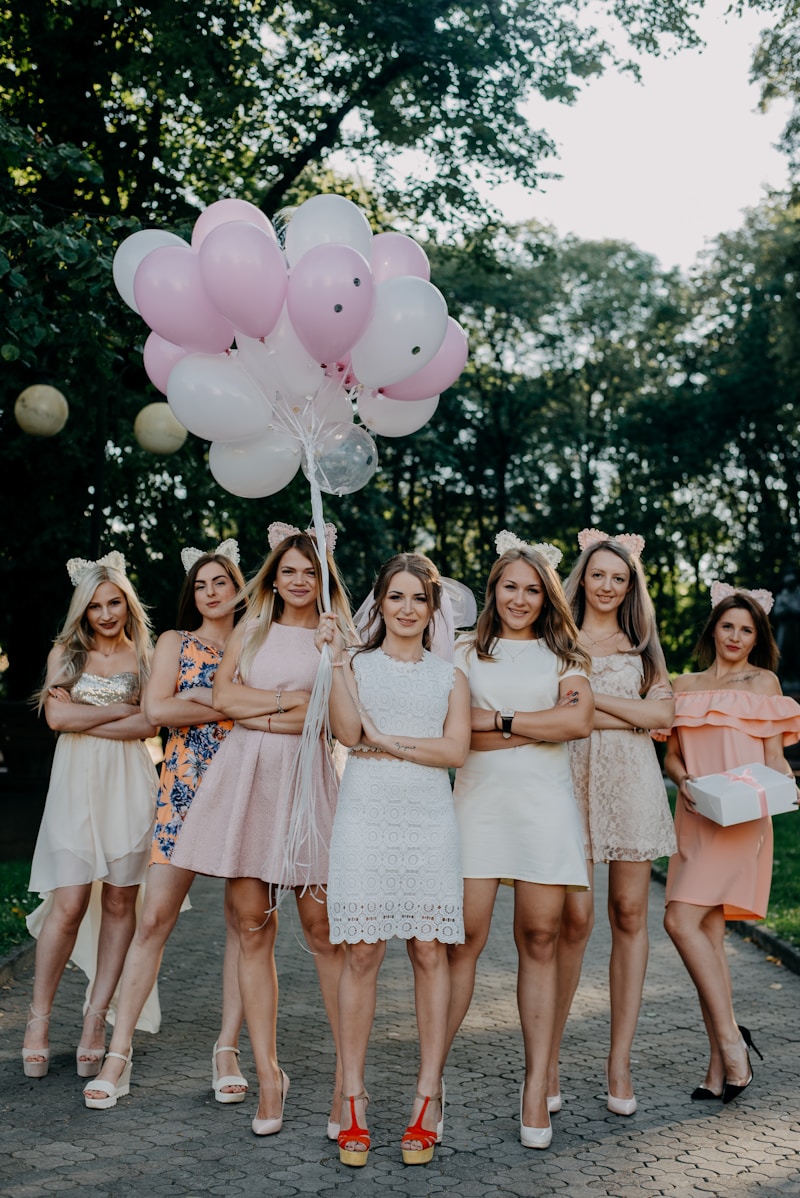Factors to Consider When Choosing OEM Suppliers for Wedding Dresses
Factors to Consider When Choosing OEM Suppliers for Wedding Dresses
Understanding the Importance of OEM Suppliers in the Wedding Dress Industry
The wedding dress industry is a complex and vibrant market where design meets passion, particularly for brands looking to create unique garments that embody their vision. For many designers, choosing the right Original Equipment Manufacturer (OEM) supplier is crucial to the success of their wedding dress line. In this article, we will explore the factors to consider when choosing OEM suppliers for wedding dresses, providing you with a comprehensive guide to ensure that your brand stands out in this competitive market.
What Is an OEM Supplier?
An OEM supplier refers to a company that designs and manufactures products that are sold by another company under its own brand name. In the context of wedding dresses, OEM suppliers can take your designs and produce them at scale, allowing you to focus on marketing and sales. Understanding this relationship is essential as it forms the foundation of your brand's reputation.

Key Factors to Consider
When selecting an OEM supplier for your wedding dresses, consider the following factors:
| Factor | Description |
| 1. Quality Standards | The supplier must adhere to your quality specifications. Examine their materials, stitching, and craftsmanship. |
| 2. Design Capabilities | Ensure that the supplier can accommodate your design needs, including intricate detailing and customizations. |
| 3. Production Capacity | Assess whether the supplier can meet your production demands during peak wedding seasons. |
| 4. Compliance and Certifications | Check for compliance with industry standards and certifications, ensuring ethical and safe manufacturing practices. |
| 5. Communication | Clear and effective communication is vital for successful collaboration. |
| 6. Pricing Structure | Understand their pricing model to evaluate it against your budget while maintaining quality. |
1. Quality Standards
The quality of the wedding dresses is paramount. A well-made garment reflects your brand’s values and can significantly influence your customers’ satisfaction. Investigate the OEM supplier's quality control processes. Request samples to evaluate fabric, stitching, and overall craftsmanship.
2. Design Capabilities
Your vision for the wedding dress line should align with the capabilities of the OEM supplier. Not every supplier can deal with complex designs or meet specific fabric requests. Ensure that they have experience in producing wedding dresses and can bring your unique designs to life.
3. Production Capacity
As wedding seasons can lead to sudden surges in demand, it is crucial to choose an OEM that can handle fluctuations in production needs. Ask about their capacity to cope with bulk orders and their lead times, especially during peak seasons.
4. Compliance and Certifications
In today's eco-conscious world, many consumers prefer brands that prioritize ethical practices. Check if the OEM supplier has the necessary certifications that reflect compliance with environmental and labor standards. This will help you maintain a positive brand image while ensuring ethical sourcing.
5. Communication
Effective communication can make or break your partnership with an OEM supplier. It is essential to establish a clear line of communication for discussing project updates, concerns, and modifications. Language barriers may lead to misunderstandings, so consider suppliers that can effectively communicate in your preferred language.
6. Pricing Structure
While quality and design are important, pricing is always a concern for any business. A good OEM supplier should provide transparent pricing without hidden costs. It is advisable to compare quotes from several suppliers to ensure you get the best deal without compromising quality.
Evaluating Potential OEM Suppliers
Once you identify potential OEM suppliers, how do you evaluate them? Here are some tips:
- Research: Start with conducting thorough research online, reading reviews, and visiting forums to gain insights from other designers.
- Request Samples: Before committing, always ask for samples. This offers a tangible sense of their quality and work.
- Factory Visits: If possible, visit the manufacturing plant to observe their operations. This allows you to gauge their working environment and production capabilities.
- Test Orders: Consider placing a small test order to evaluate their production quality, lead times, and communication.
Common Questions and Concerns
Many designers have common concerns when choosing OEM suppliers. Here are some frequently asked questions:
How do I ensure my designs are protected?
Always implement non-disclosure agreements (NDAs) with your OEM suppliers to protect your designs and ideas. Legal contracts can safeguard your intellectual property.
What if the quality is not up to standard?
Poor quality can impact your brand negatively. Clear measurements and quality checks should be established in the supplier contract to minimize risks.
Can an OEM supplier cater to custom designs?
If your designs require unique tweaks or specifications, ensure you select a supplier experienced in customization. Discuss your specific needs during the initial conversations.
Conclusion
Choosing the right OEM supplier for wedding dresses is not a decision to take lightly. By considering factors such as quality standards, design capabilities, production capacity, compliance, communication, and pricing, you can make an informed choice that supports your brand’s goals. As the wedding dress market continues to grow, a reliable manufacturing partner can set you on the path to success.
Remember to conduct thorough research and maintain a steady line of communication to build a fruitful partnership with your chosen OEM supplier. Your wedding dress line can thrive with the right support, translating your design dreams into reality while satisfying your target audience.
